Is Skull-Vibration-Induced Nystagmus Modified with Aging?
- PMID: 35314611
- PMCID: PMC8938847
- DOI: 10.3390/audiolres12020016
Is Skull-Vibration-Induced Nystagmus Modified with Aging?
Abstract
Background: Despite clinical practice utilizing the Dumas test (SVINT), some questions remain unanswered, including the age-related changes in frequency (FN) and slow-phase angular velocity (SPAV). This study aims to retrospectively evaluate their variations in subjects affected by unilateral peripheral vestibular loss (UPVL).
Methods: We evaluated the selected samples based on the results of the SVINT, the results of the vestibular-evoked potentials (C-VEMP and O-VEMP), and the results of the head impulse test (HIT) and we compared the results against the age of the patients. We calculated the timing between the onset of UPVL and clinical evaluation in days. The presence or absence of VEMP indicated the UPVL severity. UPVL and BPPV patients with spontaneous or pseudo-spontaneous nystagmus were compared.
Results: Statistical analysis showed changes in the FN and SPAV depending on age and the side of the application of the stimulus. We also observed that, in the UPVL, the severity of the disease modifies the SPAV, but not the frequency.
Conclusions: The SVINT is a simple, reliable, and straightforward test that, if evaluated instrumentally, can show significant differences with aging. Further studies need to be performed to refine the clinical significance of the test and clarify its physiological background.
Keywords: BPPV; SVINT; aging; slow-phase angular velocity; unilateral vestibular disease; vestibular recruitment.
Conflict of interest statement
The authors declare no conflict of interest.
Figures
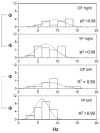
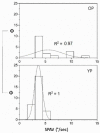
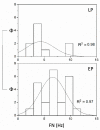
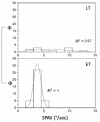
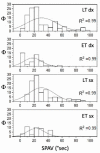
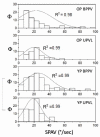

References
-
- Kheradmand A., Zee D. Synthesis and characterization of lignin carbon fiber and composites. Compos. Sci. Technol. 2012;168:710–719. doi: 10.1016/j.compscitech.2016.10.016. - DOI
LinkOut - more resources
Full Text Sources
Miscellaneous

